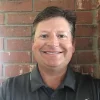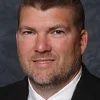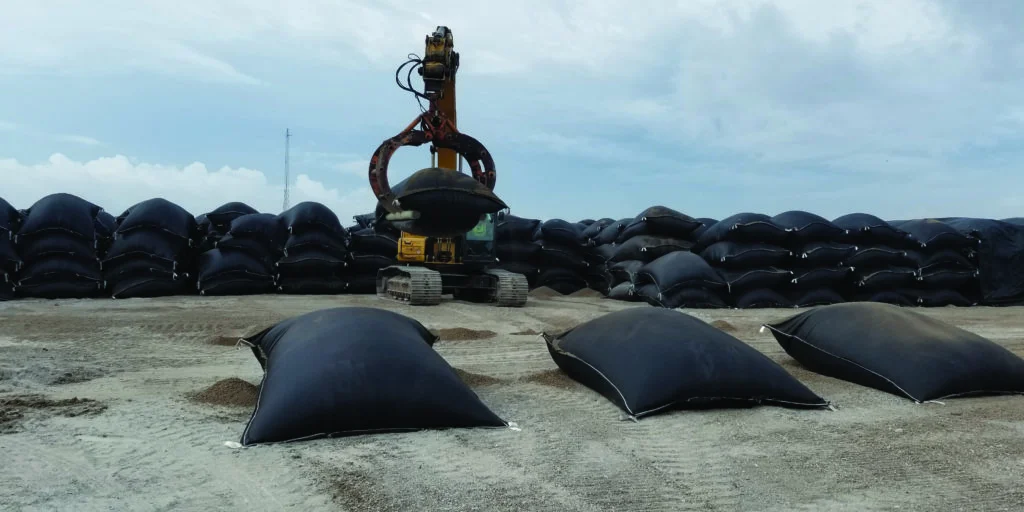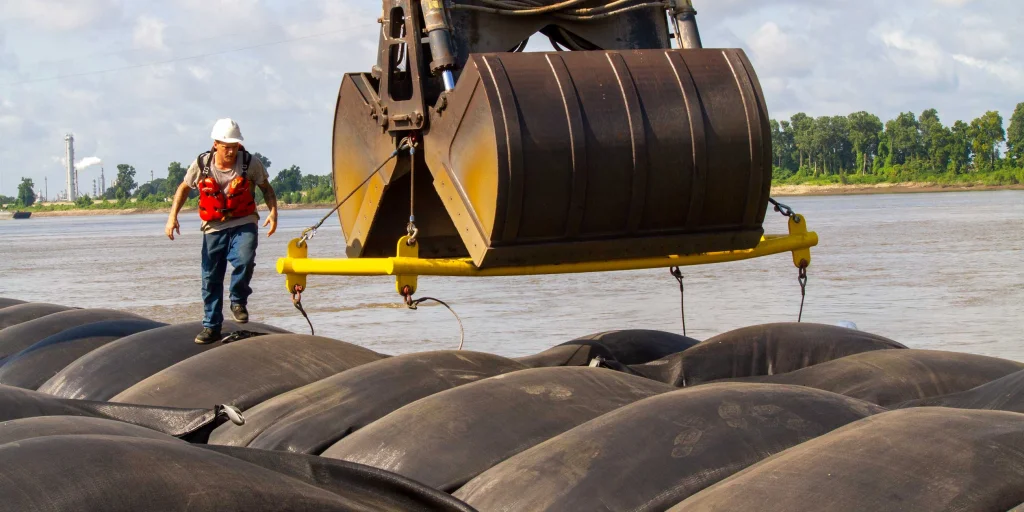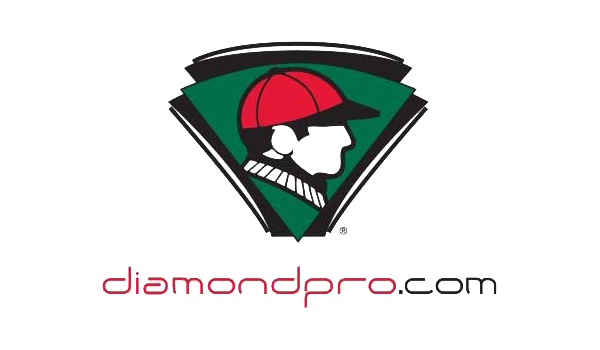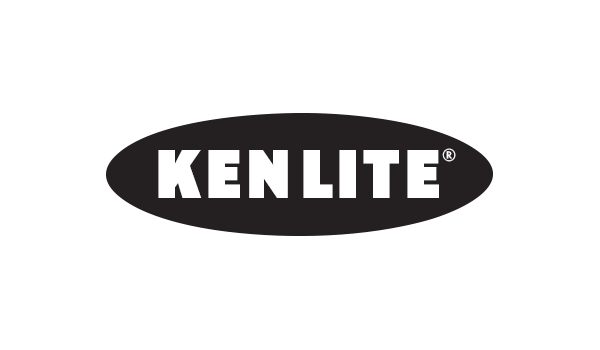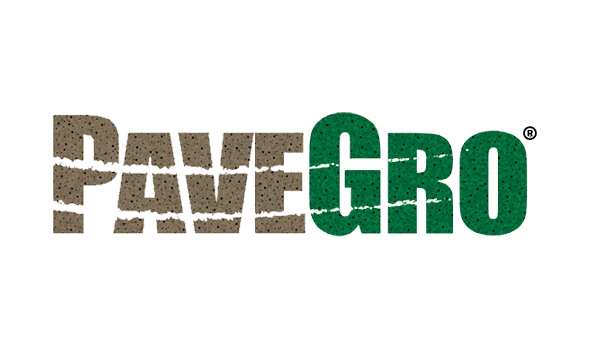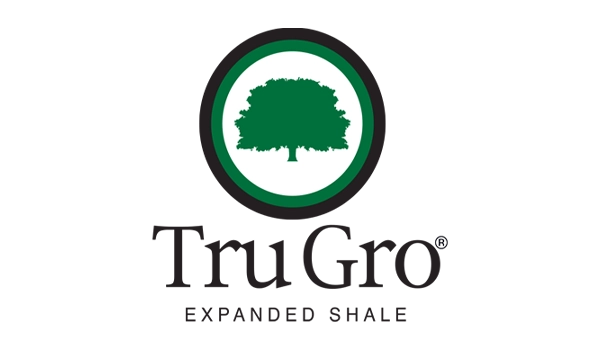Key Insights:
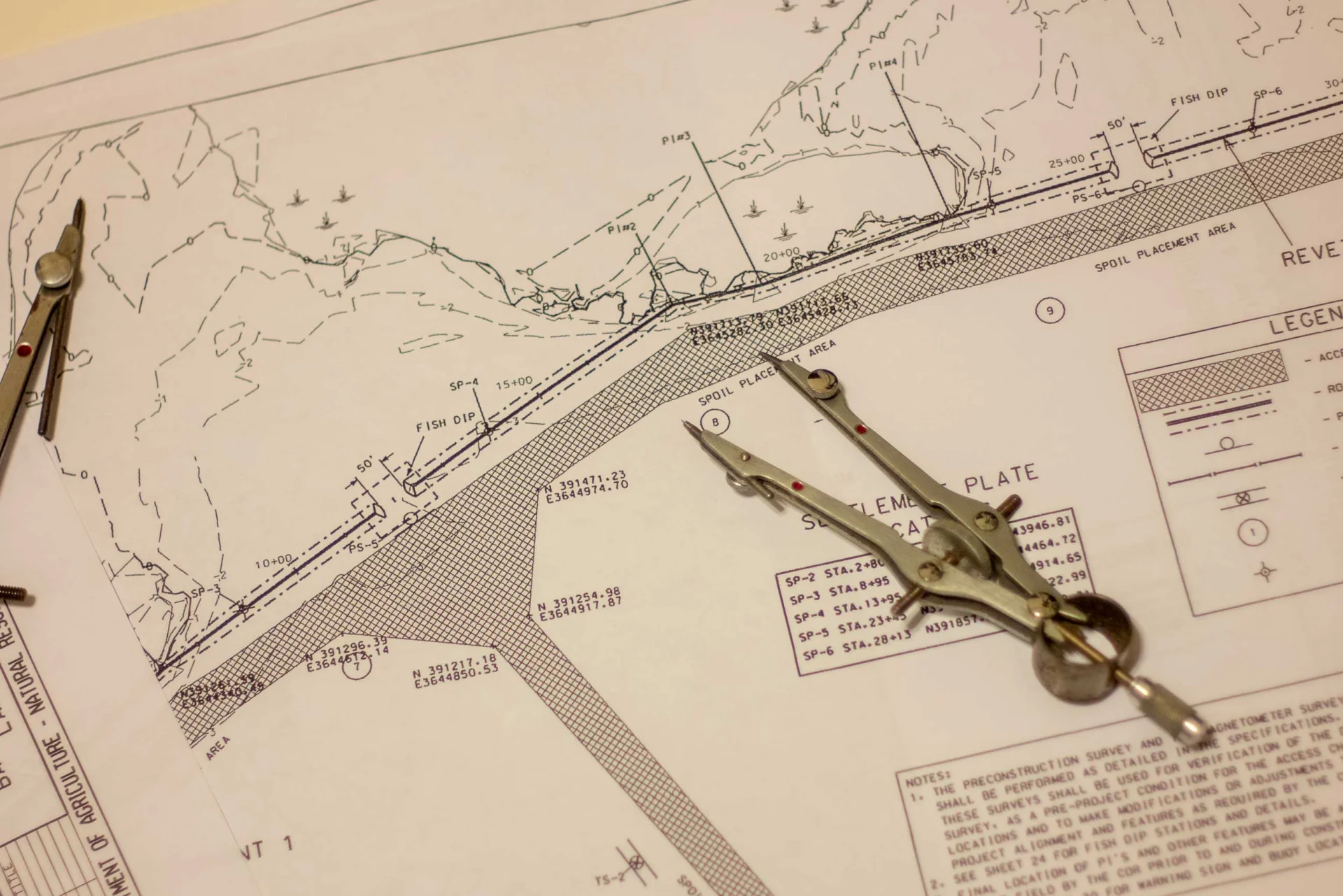
Quick Facts
- Name: Barataria Basin Landbridge Shoreline Protection
- Location: Southeastern shoreline of Lake Borgne, Louisiana
- Customer: Pontchartrain Partners, LLC
- Client: USDA NRCS
- Size: 7-mile shoreline, approximately 300 acres protected
Challenge: Significant land loss due to wave-induced erosion, which threatened the Biloxi Wildlife Management Area and increased vulnerability to tropical storm surges.
How Arcosa Helped- Our Solution: Provided lightweight aggregate for geotextile bags used in constructing a shoreline protection berm, reducing wave energy impact on shorelines.
- Why Lightweight Works: The lightweight aggregate-filled bags resist sinking in Louisiana’s soft soils, offer stable protection, and help mitigate shoreline erosion effectively.
Final Results
- Protected 7 miles of shoreline, reduced erosion impact, and helped preserve nearby marshlands critical for wildlife habitat and storm protection.
Key Quote
“Building barriers is the most important part to preventing wave action and energy surges that eat away at the land masses.” — Bart Cook, P.E., President, Chief of Construction Operations, Pontchartrain Partners
Context:
- Considerations: Using lightweight aggregate prevented excessive settlement in soft soils, reducing overall material requirements and increasing project efficiency.
- Lesson to Learn: Encapsulating lightweight aggregate in geotextile bags provides a reliable and cost-effective solution for shoreline stabilization in coastal regions with soft, compressible soils.
Explore Further
Barataria Restoration Utilizes Encapsulated Lightweight Aggregate
The Barataria Basin Landbridge Shoreline Protection project is a restoration campaign conducted by the United States Department of Agriculture Natural Resources Conservation Service (USDA NRCS). This long-term effort is designed to protect vital marshes and wetlands from further damage.
In this coastal preservation project, large bags of geotextile fabric are filled with lightweight aggregate produced at one of Arcosa’s production facilities. The bags, armored with riprap, help reduce wave energy impacting shorelines and protect adjacent marshes.
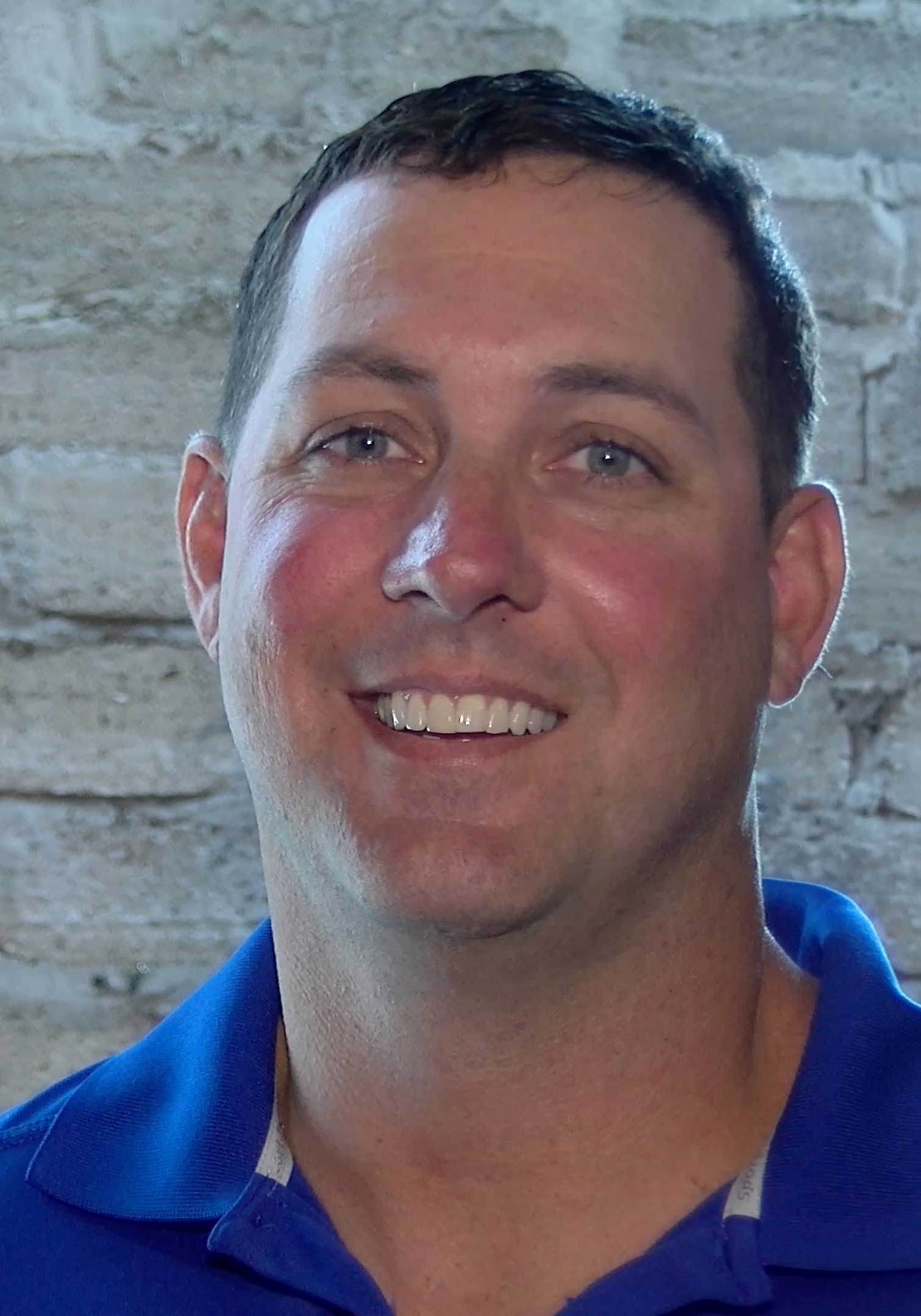
New Orleans Firm Chosen for Project
Pontchartrain Partners, LLC, based in New Orleans, was the engineering firm chosen to work on the Barataria restoration. Led by Bart Cook, P.E., President and Chief of Construction Operations, Pontchartrain Partners brought extensive expertise to this coastal project. Barlow “Bart” Cook, a licensed Professional Engineer in multiple states, has over 20 years of experience in heavy civil, marine, and mechanical construction, covering both private and government sectors. His work includes managing large-scale projects such as coastal restoration, levee construction, dredging, disaster recovery, and pump station repairs.
“The project was needed to alleviate loss of land for the most part,” says Cook. “Building barriers is the most important part to preventing wave action and energy surges that eat away at the land masses. This has caused major issues in the state, and we lose a lot of land every day. This land bridge project is part of a major effort to protect the New Orleans area and Lafourche Parish.”
Arcosa Lightweight’s Bill Wolfe explains that, in the past, ordinary boulders were used for similar projects, but Louisiana’s soft, compressible soils posed challenges for heavy materials.
“Prior to using lightweight, ordinary normal weight rock was used for these types of projects. The problem was, you never knew exactly how much material it was going to take to build the protection berm. Since the soil is so soft, the heavy rock would just sink into the mud,” says Wolfe.
A bulk shipment of lightweight material was sent by barge to a staging area where the contractor placed the aggregate in giant fabric bags. Once sewn shut, these bags, weighing roughly 3,500 pounds each, were placed on another barge and shipped to the remote location along the Louisiana coast. “On the barge, we had a crane with four load points lift up the bags,” says Cook. “You had three different operations going on. First, you laid down a fabric base, then you laid down the lightweight bags, and then you put rock on top of that to armor the bags and the land behind it. They were placed in the water based on a specific sequence. It was just like a train.”
Project a First for Pontchartrain Partners
Using lightweight aggregate encapsulated in geotextile bags was a first for Cook’s firm. “In a typical design, you just put the riprap on top of the natural ground, but in South Louisiana, that rock will just disappear. At first, I wasn’t aware of lightweight aggregate. But using this light material as soft core is smart. This is the only product I’ve seen that really alleviates the sinking, and I saw it firsthand,” Cook says. “It’s lighter weight with less direct forces on the soils to sink in and penetrate.”
The $13.5 million project used an estimated 28,000 cubic yards of lightweight aggregate, 123,000 square yards of geotextile fabric, and around 124,000 tons of riprap. “After doing that four-mile stretch, this project was a great learning process for us,” says Cook. “We’ve got a great team of folks set up now, and I can’t see not using lightweight again.”




